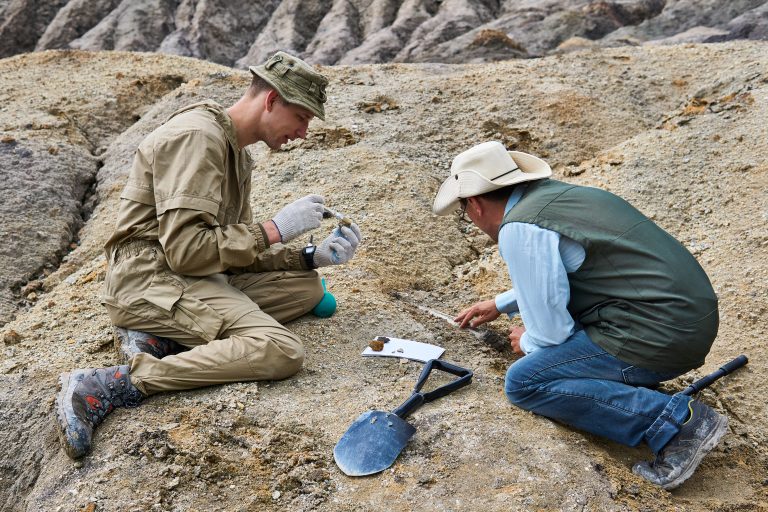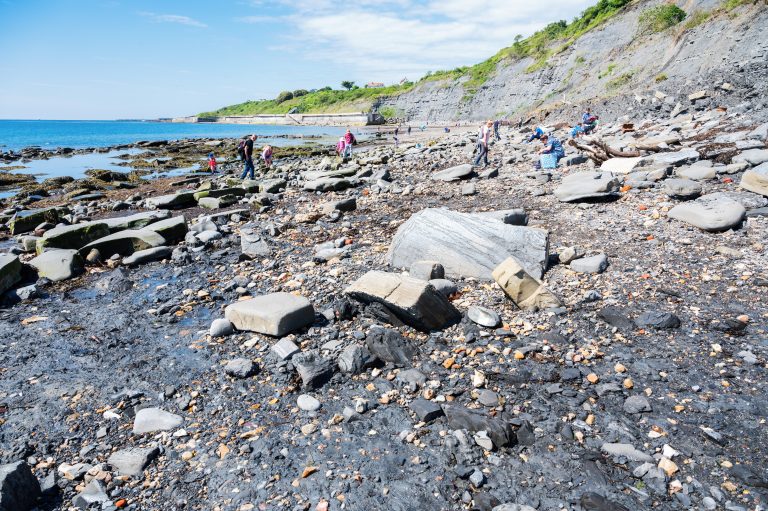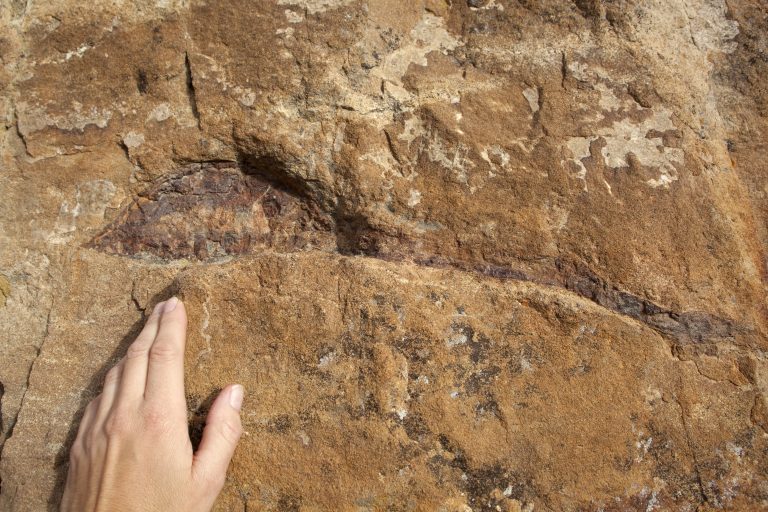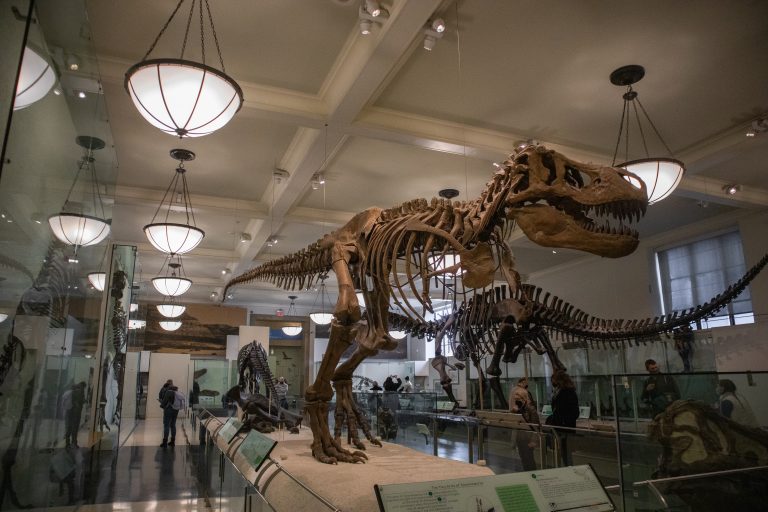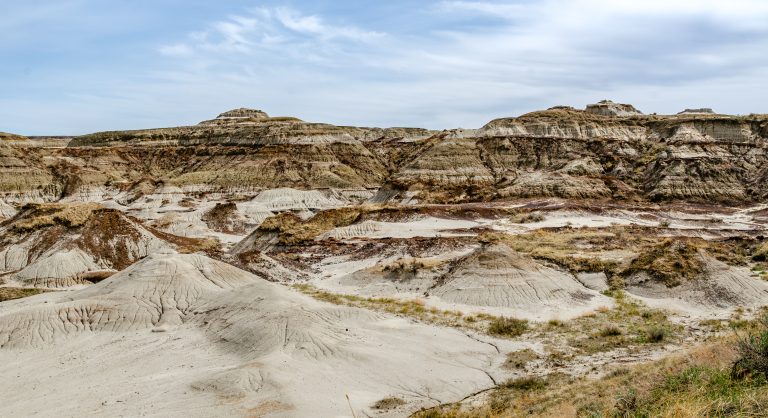10 Surprising Facts About Dinosaur Bones Value

When it comes to the relics of the prehistoric world, dinosaur bones carry an allure that transcends time. Let’s unearth some surprising facts about the value of these ancient treasures that continue to captivate collectors and scientists alike.
1. Rarity Defines Worth

In collectibles, rarity is paramount, and dinosaur bones are no exception. Scarcer specimens fetch higher value due to supply and demand dynamics. Recently, I found a nearly complete skeleton of a lesser-known dinosaur, sparking excitement among collectors.
Rarity can turn bones into a lucrative investment, but not all rare bones are equal; condition and completeness matter. A fragment, though rare, may be overshadowed by a common but complete bone. Species also matter – a T. rex tooth might surpass the value of an entire bone from a less popular dinosaur, much like a rare vintage car compared to a modern sports model where the former often holds greater value.
2. Location Impacts Value
The provenance of a dinosaur bone can greatly influence its worth. Bones unearthed in remote or exotic locations can command higher prices, partly due to the difficulty and cost of retrieval. I’ve trekked through some of the most inhospitable terrains on Earth, and I can tell you, that finding a bone in the Gobi Desert feels like striking oil.
Hey hey! Don’t forget to subscribe to get our best content 🙂
In countries with strict fossil export laws, locally discovered bones can be rarer on the international market, thus driving up their value. On the other hand, bones from regions with a glut of fossils may not be as prized. It’s like real estate – it’s all about location, location, location.
Moreover, the story behind the discovery can add to a bone’s allure. A bone with a colorful history, perhaps found during a daring expedition or in a dramatic cliffside collapse, can be more enticing to buyers than one dug up in a well-trodden site.
3. Size Isn’t Everything

While the monstrous skeletons of giants like Argentinosaurus capture the imagination, it’s not always the biggest bones that are the most valuable. Small, well-preserved specimens can be worth their weight in gold, especially if they include rare features like soft tissue impressions or evidence of predation.
Size can be a drawback when it comes to private collections. Not everyone has the space to display a 40-foot-long Diplodocus tail, no matter how impressive it might be. Smaller, display-friendly fossils can be more sought-after among private collectors looking to showcase their prehistoric prizes.
The scientific value of a bone can also outweigh its physical size. A tiny bone from the ear of a dinosaur that provides unique insights into its hearing capabilities might be more coveted by museums and researchers than a colossal femur with less scientific significance.
4. Legalities of Ownership
Navigating the legal landscape is crucial when it comes to owning dinosaur bones. In many countries, fossils are considered national heritage and cannot be legally sold or exported. This means that a valuable find on public land could belong to the government.
When fossils are found on private land, ownership can be a complex issue. In the United States, for example, landowners typically retain the rights to any fossils found on their property. However, ensuring proper documentation and clear provenance is essential to avoid legal headaches down the line.
The legal status of a fossil can greatly affect its market value. A bone with a murky legal background or questionable export history can be worth significantly less due to the risks involved. It’s a bit like art provenance – without a clear history, the value plummets.
5. Market Demand Fluctuates

The market for dinosaur bones can be as unpredictable as the creatures themselves. Pop culture phenomena, like the “Jurassic Park” movies, can spark a surge in interest and drive up prices. Conversely, market saturation or economic downturns can see values dip.
Collector trends also play a role in market demand. At one point, carnivorous dinosaur bones might be all the rage, only to be overshadowed by herbivores the next. It’s a bit like fashion – one day you’re in, and the next day you’re out.
It’s worth noting that the scientific community’s interest can also affect the market. A new study that sheds light on a particular species can renew interest in related fossils, causing a spike in demand from educational institutions and museums.
6. Preparation Enhances Price
The way a dinosaur bone is prepared can significantly boost its value. A bone that’s been carefully extracted and preserved to retain fine details is far more appealing than one that’s been clumsily hacked out of the rock. It’s the difference between a masterpiece and a finger painting.
Expert preparation can reveal hidden features, such as bite marks or pathology, which can add to a bone’s scientific and monetary worth. It’s like restoring an old painting to find a signature hidden beneath the grime – suddenly, it’s worth a fortune.
However, over-preparation can damage a specimen, reducing its value. It’s a delicate balance, like seasoning a gourmet dish. Too little, and it’s bland; too much, and it’s ruined.
7. Authenticity is Crucial
In the world of dinosaur bones, authenticity is king. Fakes and forgeries can circulate in the market, masquerading as the real deal. Bones that have been authenticated through scientific analysis can fetch a higher price than those without verification.
It’s not just about distinguishing real from fake, though. Bones that have been significantly reconstructed or composited from multiple specimens can be less valuable than those in their natural state. It’s like finding out your vintage wine has been mixed with a cheaper variety – the value takes a hit.
Collectors and institutions are willing to pay top dollar for bones with a clear and credible provenance. It’s a trust game, and the stakes are high. After all, no one wants to be the one who splurged on a dinosaur bone that turns out to be a cleverly painted cow bone.
8. Notable Sales in History
Some dinosaur bone sales have made headlines, setting records for the most money ever exchanged for prehistoric remains. The sale of “Sue,” the most complete T. rex skeleton ever found, for $8.36 million in 1997 is a prime example. It was a monumental event that shook the fossil world.
Other notable sales include a duo of fighting dinosaurs – an Allosaurus and Stegosaurus locked in eternal combat – which sold for over $2.7 million. These sales not only reflect the bones’ value but also the stories they tell, which capture the imagination of the public.
These high-profile sales have a ripple effect, increasing the perceived value of dinosaur bones across the board. They set benchmarks for future sales, much like a record-breaking artwork at auction raises the bar for the art market.
9. Private vs. Public Sale
The venue of a dinosaur bone sale can influence its value. Private sales often yield higher prices due to the discretion and exclusivity they offer. Wealthy collectors may be willing to pay a premium to avoid the publicity of an auction.
Auctions, though, have the advantage of competitive bidding, which can drive prices up significantly. The drama of an auction can also add to a bone’s allure, with each bid raising its prestige as well as its price tag.
Public sales also offer a level of transparency and legal protection that private sales may lack. This can reassure buyers and increase their willingness to invest in a high-priced specimen.
10. Future of Fossil Values
Predicting the future of dinosaur bone values is like trying to forecast the weather in the Cretaceous period – there’s a lot of educated guessing involved. However, as long as there’s a fascination with these ancient creatures, there will be a market for their remains.
Advancements in technology could lead to discoveries and methods of authentication, potentially increasing the value of fossils. Conversely, a flood of new finds could saturate the market and decrease individual values.
One thing is certain: the allure of owning a piece of Earth’s distant past will likely continue to drive the market. As new generations of paleontologists and collectors enter the field, the narrative of dinosaur bones will evolve, just like the magnificent creatures they once belonged to.
Uncovering the value of dinosaur bones is a journey through history, science, and the ever-shifting sands of the market. These prehistoric treasures hold stories that are worth far more than their price tags, captivating the hearts and minds of those who dream of a world long gone.

